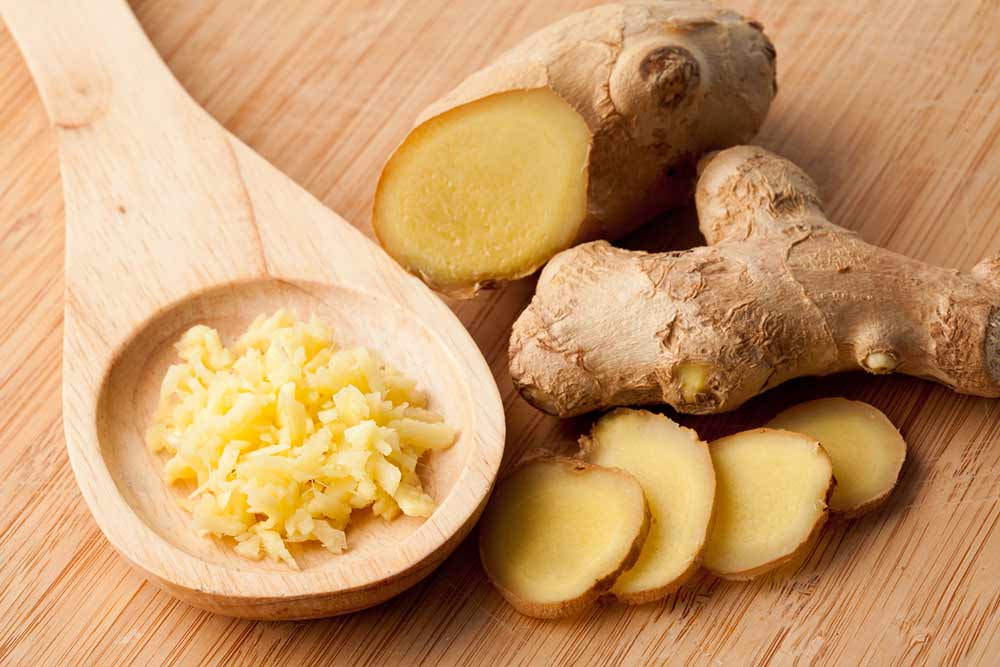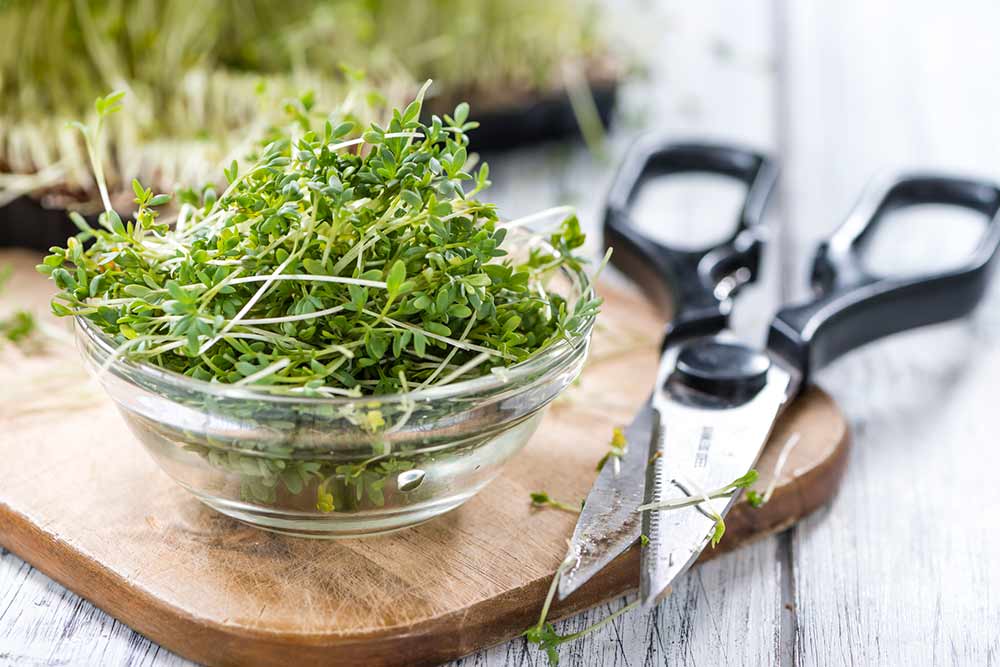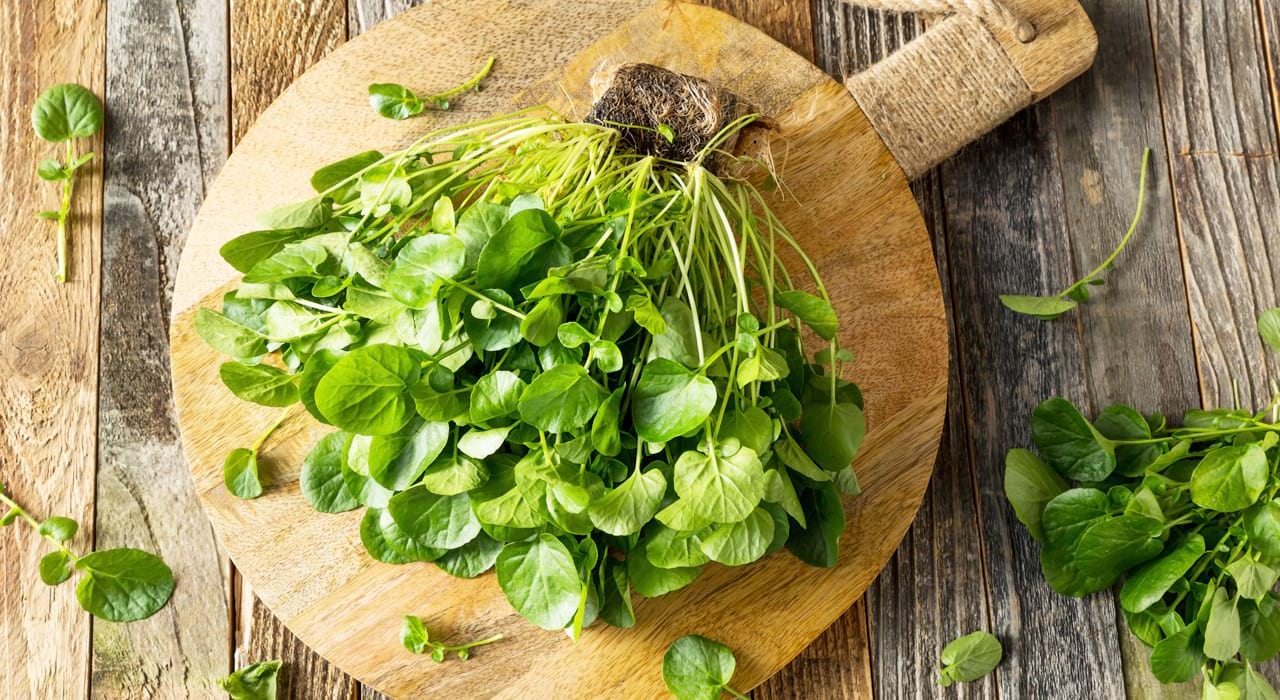By MACROS | Published on February 21, 2017
Painkillers after a tough workout? Pfft! Who needs them when you’ve got this tasty culinary arsenal to heal your training hurts.
1. Ginger
This root herb, technically a spice, is famed for its pain-relief properties, but there is some confusion about whether or not it should be cooked. Fortunately, research in the Journal of Pain found both raw and heated ginger reduce post-exercise muscle pain. Doesn’t matter how you eat ginger, it’ll still work its magic.
How to eat more:
Add slices of the fresh variety to juices with orange and carrots. Pickled ginger, like the kind you get at a sushi bar, is also a great addition to sandwiches or any dish with fish or chicken. And you can even add a few slices to a teapot with a little honey and lemon for a refreshing tea that’ll heal your hurts.

2. Oregano
You’ll typically find this spice taking it easy on top of your favorite pizza, but don’t be put off by the company it keeps. Research at the University of Bonn, Germany, found it’s packed with a compound that fights inflammation, making it the ideal elixir for your joints. Its benefits don’t stop there because it’s also reported to fight cancer cells and help you overcome stomach bugs.
How to eat more:
Blend up handfuls with olive oil and garlic to create a sauce that’ll make the blandest chicken breast pop with flavor. It’s also a great addition to a homemade pesto and goes exceptionally well with green beans, so eat both of these in equal quantities.
– RELATED: Are Herbs Better For You Than Vegetables? –
3. Watercress
If it’s good health you’re after then watercress should be more than just a sandwich filler.This antioxidant-rich herb could alleviate the natural stresses put on your body after a workout by protecting your DNA from the damage done to it while training, found research in the British Medical Journal of Nutrition. It’s also the most nutrient-dense plant on the planet and could help protect you against a host of serious diseases, found another study.
How to eat more
Add generous handfuls to salads (so it outweighs your lettuce quota), soups, stews and pasta sauces. Don’t let it be a garnish: make it a main course.

4. Valerian
If nature had a tranquilizer then this plant would be the syringe’s tip. It’s a traditional treatment for tension, stress and anxiety, which are all attributes that will stall your progress on the route to full recovery.
Its biggest benefit lies in its ability to help you get a good night’s sleep and increase the amount of time you’re in a deep slumber, found research in Holistic Nursing Practice. If you need to chill, these leaves most certainly beat a pill.
How to eat more:
Thanks to its extreme relaxing properties, valerian is not the kind of thing you want to eat in the morning. Rather, create a tea with the leaves and sip it shortly before you hit the sack to enjoy a faster ride to the land of Nod that will help you recover faster.

